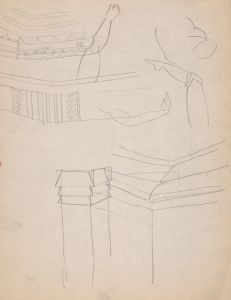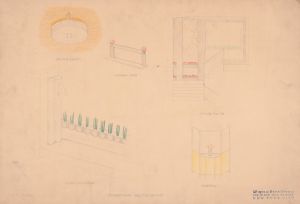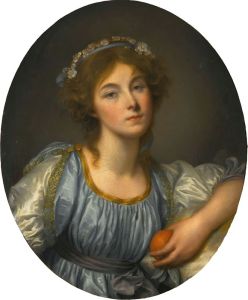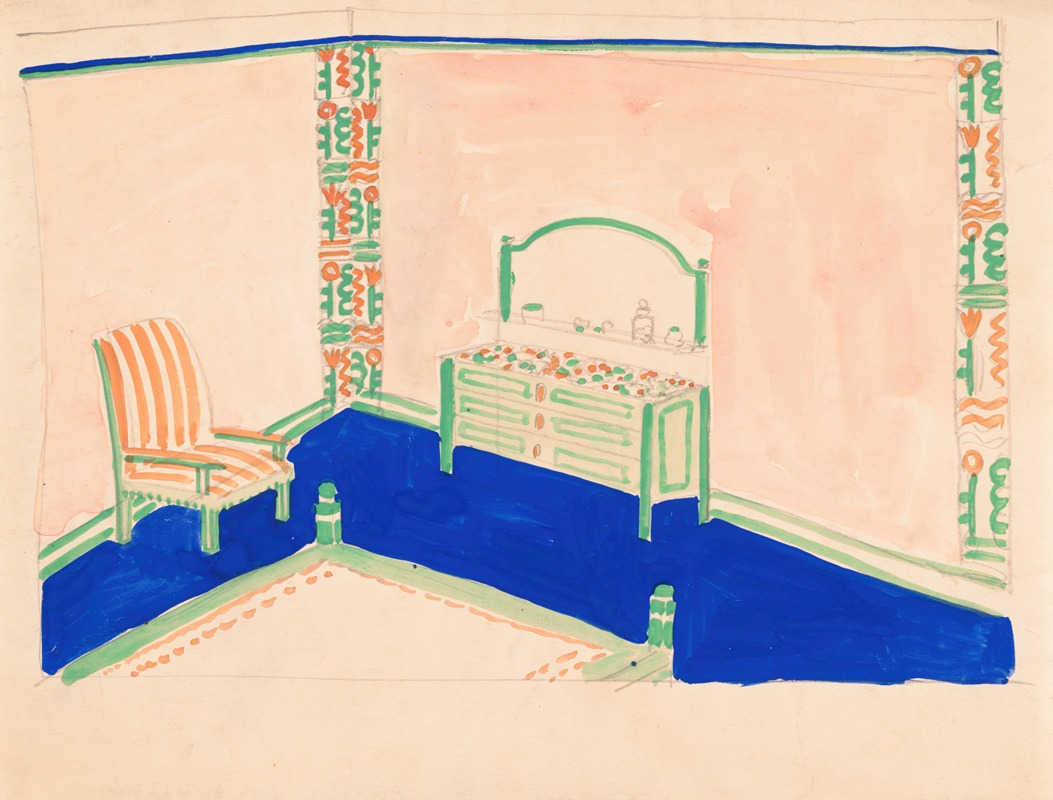
[Interior design drawings for unidentified rooms.] [Sketch for room colored green and orange
A hand-painted replica of Winold Reiss’s masterpiece [Interior design drawings for unidentified rooms.] [Sketch for room colored green and orange, meticulously crafted by professional artists to capture the true essence of the original. Each piece is created with museum-quality canvas and rare mineral pigments, carefully painted by experienced artists with delicate brushstrokes and rich, layered colors to perfectly recreate the texture of the original artwork. Unlike machine-printed reproductions, this hand-painted version brings the painting to life, infused with the artist’s emotions and skill in every stroke. Whether for personal collection or home decoration, it instantly elevates the artistic atmosphere of any space.
Winold Reiss (1886–1953) was a German-American artist and designer known for his contributions to modernist design and his work in interior decoration, portraiture, and graphic arts. The artwork titled Interior design drawings for unidentified rooms. Sketch for room colored green and orange is one of his many design sketches that reflect his innovative approach to interior design. This particular piece showcases Reiss's use of bold colors and geometric patterns, which were hallmarks of his style and aligned with the Art Deco movement of the early 20th century.
Reiss immigrated to the United States in 1913, bringing with him a European sensibility influenced by movements such as Jugendstil and the Vienna Secession. He quickly established himself as a versatile artist, working on projects ranging from commercial interiors to public murals and private commissions. His designs often combined vibrant color schemes with modernist aesthetics, reflecting his belief in the integration of art into everyday life.
The sketch in question, featuring a green and orange color palette, exemplifies Reiss's ability to harmonize contrasting tones to create dynamic and visually engaging spaces. While the specific purpose or location of the room depicted in this drawing is unknown, it is consistent with Reiss's broader body of work, which often included designs for restaurants, hotels, and other public spaces. His interior designs were celebrated for their ability to transform ordinary environments into immersive artistic experiences.
Reiss's work was particularly influential in the United States during the 1920s and 1930s, a period when Art Deco was at its peak. He collaborated with architects and designers on numerous high-profile projects, including the design of interiors for the Cincinnati Union Terminal and various New York City establishments. His ability to blend European modernism with American cultural motifs made his work distinctive and widely admired.
Although the details surrounding this specific sketch are limited, it serves as a testament to Reiss's skill as a designer and his commitment to creating spaces that were both functional and aesthetically striking. His legacy continues to be celebrated for its contributions to modern design and its role in shaping the visual culture of the early 20th century.






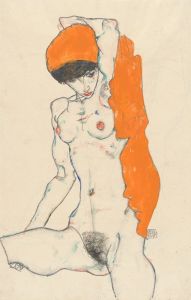
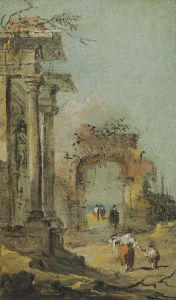
![Designs for staged commercial or trade exhibition displays of coal-fired water heaters and furniture.] [Perspective sketch in orange with rainbow edges](/imgs/249324/s/winold-reiss-designs-for-staged-commercial-or-trade-exhibition-displays-of-coalfired-water-heaters-and-furniture-perspective-sketch-in-orange-with-rainbow-edges-7c407bf3.jpg)
![Drawings for proposed decorations of Mike Lyman’s Restaurant, 424 W. Sixth St., Los Angeles, CA.] [Drawing #8, playroom elevation N and O](/imgs/249339/s/winold-reiss-drawings-for-proposed-decorations-of-mike-lymans-restaurant-424-w-sixth-st-los-angeles-ca-drawing-8-playroom-elevation-n-and-o-2e0cd08a.jpg)
![Interior design sketches for Alamac Hotel, 71st and Broadway, New York, NY.] [Study for living room suite](/imgs/249366/s/winold-reiss-interior-design-sketches-for-alamac-hotel-71st-and-broadway-new-york-ny-study-for-living-room-suite-4619965b.jpg)
![Interior design sketches for Alamac Hotel, 71st and Broadway, New York, NY.] [Study of interior perspective for ‘Africa Roof’](/imgs/249367/s/winold-reiss-interior-design-sketches-for-alamac-hotel-71st-and-broadway-new-york-ny-study-of-interior-perspective-for-africa-roof-91fb1603.jpg)
![Interior perspective drawings of Hotel Siwanoy, Mount Vernon, NY.] [Interior perspective study of Grill in red, yellow, and orange](/imgs/249369/s/winold-reiss-interior-perspective-drawings-of-hotel-siwanoy-mount-vernon-ny-interior-perspective-study-of-grill-in-red-yellow-and-orange-5860095.jpg)
![Interior perspective studies for Restaurant Crillon, 15 East 48th Street, New York, NY.] [Interior perspective study](/imgs/249376/s/winold-reiss-interior-perspective-studies-for-restaurant-crillon-15-east-48th-street-new-york-ny-interior-perspective-study-237ead1d.jpg)
![Designs for theater with black-framed proscenium and boldly colored settings.] [Study for stage light wall decoration, possibly for Caf ̌Crillon](/imgs/249423/s/winold-reiss-designs-for-theater-with-blackframed-proscenium-and-boldly-colored-settings-study-for-stage-light-wall-decoration-possibly-for-caf-crillon-5f9976e0.jpg)
![Designs for theater with black-framed proscenium and boldly colored settings.] [Study for stage light wall decoration, possibly for Caf ̌Crillon](/imgs/249424/s/winold-reiss-designs-for-theater-with-blackframed-proscenium-and-boldly-colored-settings-study-for-stage-light-wall-decoration-possibly-for-caf-crillon-15a7fdab.jpg)
